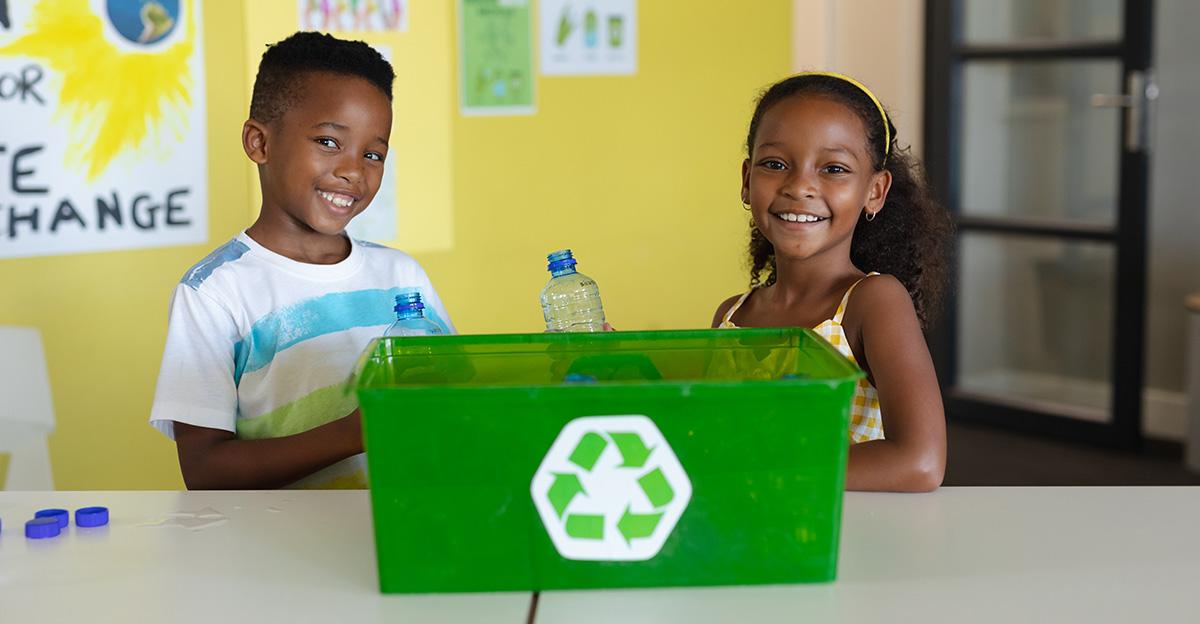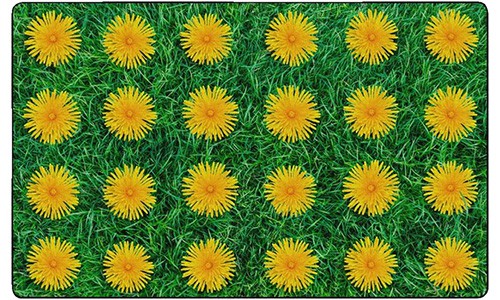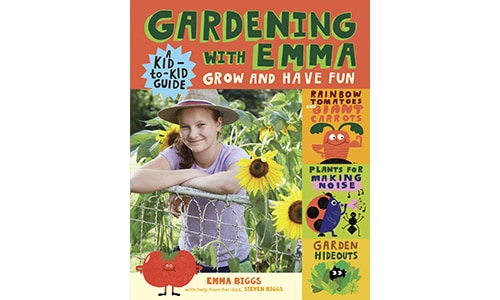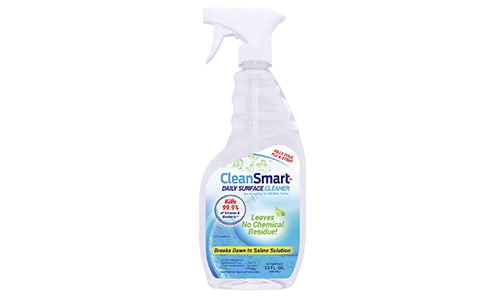School classrooms are the perfect place to practice conservation and eco-friendliness. Kids are naturally concerned about the planet and ensuring its health. Put the following tips into action to make your classroom more environmentally friendly.
8 Simple Ways to Improve Your Classroom’s Environmental Footprint
Rethink Your Basic Supplies
Nearly every type of school supply has a greener alternative. Look for notebooks made from recycled paper, wooden pencils instead of plastic, and green facial tissues. Art supplies can also be made greener: acid-free glue sticks are better for the environment, as are petroleum-free crayons. Also encourage your students to think creatively about reusing supplies like scratch paper rather than grabbing new supplies.
Collect Water
Water conservation is an important part of keeping your classroom green. If you generate (clean) waste water from cooking or a science project, keep it in a basin. Use this as a supply to water your plants. For bonus points, help your classroom start an initiative to install rain barrels at the school to be used to water lawns.
Practice Good Temperature Control
With a little savvy management, you can avoid reaching for the thermostat when you want the temperature to change. When the weather is nice outside, crack open your windows to let a fresh breeze into your classroom. Conversely, during chillier months, opening the blinds lets in sunlight that can warm the room a bit. Natural sunlight also allows you to turn off the overhead fluorescent lights for further energy savings.
Start a Recycling Challenge
Kids love a competition. After discussing what types of materials are recyclable, start a recycling challenge. Different classrooms or grades can challenge one another to see who can collect the most recyclable materials in a month. Weigh your recyclables each week so that your students can chart their progress.
Add Plants to Your Classroom Space
Nature has provided us with natural air purifiers: plants! Plants can purify air by removing bothersome compounds. Plus, having plenty of greenery around lowers stress levels and promotes relaxation. Hardy plants such as ivy or bamboo palms are good choices for the classroom.
Rethink Snack Time
When it’s time to break out the snacks for the next classroom party, reach for environmentally conscious materials. Biodegradable cups and plates are much better for the environment than their plastic alternatives.
Start a Garden
Starting a garden is a great way to teach students biology. Planting an indoor vegetable or herb garden in a window box is an easy way to start. For an even more environmentally friendly choice, start a classroom compost bin. Vermiform (worm) composting doesn’t smell and makes quick work of organic scraps. It is the perfect solution for an indoor classroom — plus, you can use the compost as fertilizer for your garden!
Set Up a “Green Team”
A lot of energy is wasted during times when nobody is in the building. At the end of the day, have a designated “green team” sweep through the classroom to shut off computers, check the faucets, and turn off lights.
More Earth Day & Environment-Friendly Ideas
Looking for more ways to teach your students about their responsibility to keep the planet clean and healthy? Check out the Earth Day Lesson Plan Ideas or visit the Celebrations & Themes page to find more tips and ideas.
Read More: Celebrations & Themes










[…] https://blog.schoolspecialty.com/ways-make-classroom-environmentally-friendly/ […]